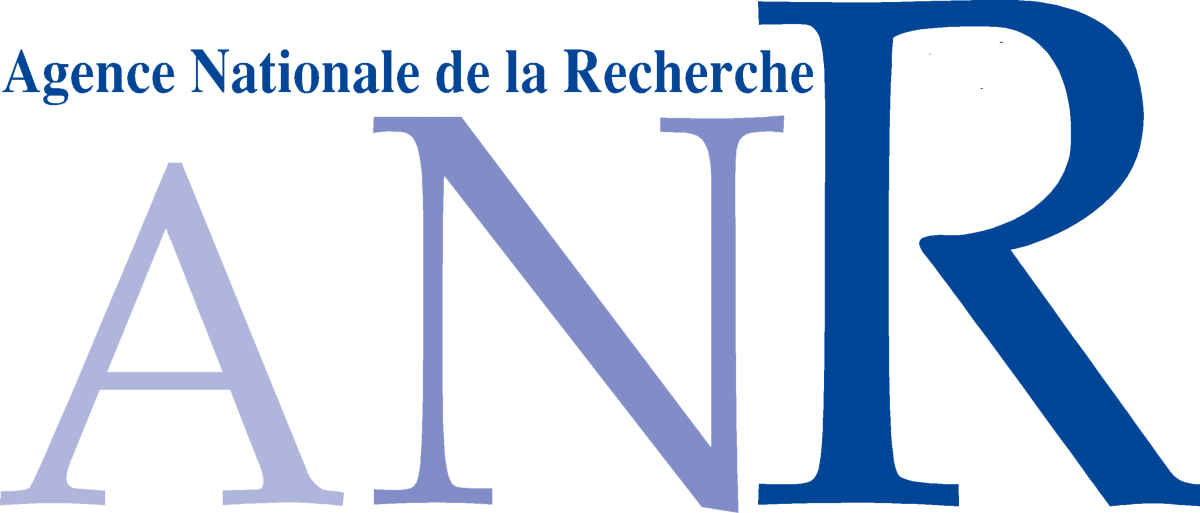Chaetodipterus faber
Diagnosis
Diagnosis_Genus: Chaetodipterus Lacepède. The height of this fish is almost equal to its total length and each of its side has the shape of a diamond. Each nostril has only one orifice. The second fin back and the anal fin are shaped like a scythe, in a way more remarkable than their first rays are long enough to exceed the caudal fin. The overall color of the animal is green mixed with yellow, which extend to the right and left, six narrow horizontal stripes, regular, almost equal to each other, and a fairly dark green. Plumier saw this Chétodiptère in the waters of the Occidental Indies, where he likes to stand above the stony funds. The Chétodiptère generic name is composed by contraction of Chétodon and Diptere which means the two fins back. 4 rays at the branchial fin, 14 rays at each pectoral fin, 1 goaded ray and 5 articulated rays at each thoracic fin, 12 rays at the fin tail.
Diagnosis_Species: Chaetodon faber Broussonet. R. 3, 3/4. P. 2. D.2, 3. V. I, 2. A. 2, 3. C. 3, 4. Corpus compressum, obsolete rhomboideum; Diameter perpendicularis, prope Anum major, ad longitudinalem, circiter ut 4:5; Adomen curvatum, antice et postice convexum, ad Pinnas Ventrales planiusculum; Dorsum abdomine magis curvatum, medio subrectum, subcarinatum; Cauda compressa, superne et inferne convexiuscula. Squamae arcte imbricatae, versus anteriora irregulariter, versus posteriora oblique regulariter, subquadratae, angulis rotundatis, latiores quam longiores, mediocres, basi subtruncatae, obtuse crenatae, apice rotundatae, levissime ciliatae, coloratae. Linca lateralis suprema, a commissura superiore aperturae branchialis, curvata, dorso parallela, in cauda subrecta, lineolata, vix elevata.... (the diagnosis of this fishes is very detailed, see the original description).
Body_adults_length: 30-90 cm
Body_adults_length_mean: 45 cm
Body_juvenile_length: < 6 cm (Barros et al., 2015)
Body_larvae_length: 2.5-6 mm (Ditty et al., 1994)
Body_larvae_newly_hatched_length: 2.5 mm (Hildebrand & Cable, 1934)
Body_larvae_2.5DPH: 4 mm (Hildebrand & Cable, 1934)
Body_egg: 1 mm (Hildebrand & Cable, 1934)
Weigth_adult: 9 kg (Hildebrand & Cable, 1934)
Weight_mean_Beaufort_market: 700 g (Hildebrand & Cable, 1934)
Sequence_RAG-1: AY308773 (Miya et al. 2007), AY308775 (Alfaro ate al. 2007)
Sequence_12sRNA: AF055592 (Alfaro et al. 2007)
Sequence_16sRNA: AF055613 (Alfaro et al. 2007)
Etymology
Chaetodipterus : from Greek [khaite] = long hair, [di] = two [pteron] = wing, faber : from Latin [faber] = ingenious.
Type species
The type species of the genus Chaetodipterus is Chaetodon plumieri (Bloch 1787).
Type illustration / Type locality / Type specimen
Type illustration: p37 (Broussonet 1782)
Type locality: Jamaica (Fishwisepro)
Ecology
The species Chaetodipterus faber live in Western Atlantic: Massachusetts, USA and northern Gulf of Mexico to Rio Grande do Sul, Brazil (Fishbase).
Substrate: water
Salinity: marine
Depth: 3-35 m (Fishbase)
Habitat: coastal
Habitat: estuarine (Brazil) (Barros et al., 2015)
Temperature_larvae: ≥ 28°C (Ditty et al., 1994)
Salinity_larvae: 26.7-31.3 ppt (Ditty et al., 1994)
Oxygen_level: oxic
Depth_egg: pelagic (Hildebrand & Cable, 1934)
Life cycle
The life span of Chaetodipterus faber is in average 5 years and maximum up to 19 years (https://seaworld.org/Animal-Info/Animal-Bytes/Bony-Fish/Atlantic-Spadefish).
No sexual dimorphisme (Barros et al., 2015).
Both sexes are mature at approximately one year of age.
Spawning season runs from May through September on the inner shelf off the coast of the US.
This species spawns in the Chesapeake during the latter part of June and the early part of July. It is prodigiously fertile, the female probably discharging a million ova during a single season. It must be further stated, however, that the number of eggs deposited probably depends on the size of the female, because large fish generally, if not always, produce more eggs than smaller ones of the same species (Hildebrand & Cable, 1934).
Fertility_period: seasonal (during summer) (in Chesapeake Bay, during June and July, Hildebrand & Cable, 1934)
Generation_time: 1 to 3 years
Longevity: more than 3 years
Reproduction_mode: sexual
Spawning_method: external fertilization in the water column
Fecondity_number_of_eggs_per_adult: a million in a single season (Hildebrand & Cable, 1934)
Feeding behaviour
Mode of locomotion
Original description
Reference(s)
Attached phylogeny
Observation site(s)
SYMBIONTS
| Association with... | Region origin | Name of site | In reference... |
|---|---|---|---|
| Amyloodinium ocellatum | New York Aquarium |
(1936) The morphology, cytology and life-history of Oodinium ocellatum Brown, a dinoflagellate parasite on marine fishes. Zoologica, N. Y. 21:129-161. |
|
| Amyloodinium ocellatum | Gulf Coast Research Laboratory |
(1980) Studies on Amyloodinium ocellatum (Dinoflagellata) in Mississippi Sound: Natural and Experimental Hosts. Gulf Research Reports 6:403-413. |












